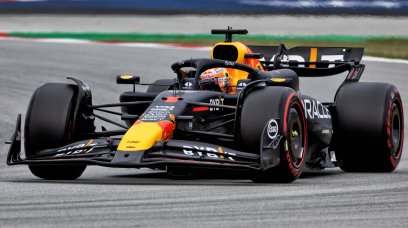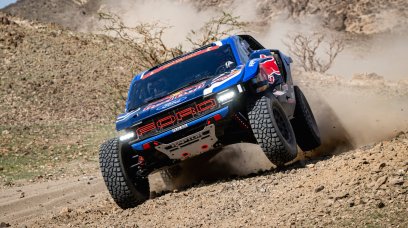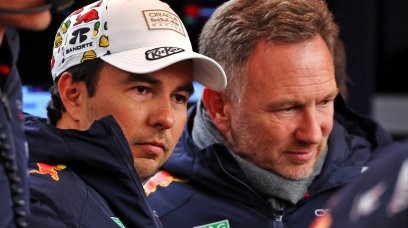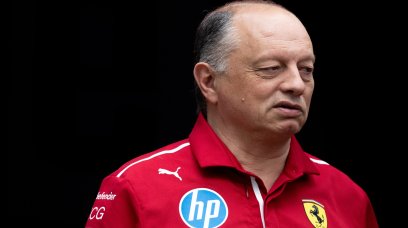Qualifying for the Spanish Grand Prix was a decidedly cold shower on Ferrari's ambitions, and was the worst qualifying of the season so far.
Not in terms of the positions on the grid - fifth for Charles Leclerc and sixth for Carlos Sainz - but in terms of the objective gap to the pole position time.
Leclerc was 0.348s down on Lando Norris's pole time, Sainz 0.005s slower, and this is an eternity, especially when the extremely tight qualifying gaps we have witnessed this season, such as the 0.020s between Norris and Max Verstappen for pole or the dead-heat between George Russell and Verstappen in Canada.
Ferrari did bring a big upgrade to the SF-24 in Barcelona, but as Leclerc himself reiterated after qualifying, the track is extremely severe in terms of tyre degradation.
If you attack sector one, you risk compromising sectors two and three - and especially the third, whilst if you favour sector three, the effect is effectively mirrored, but delving through the telemetry, the data emerges that the cars, with the upgrades on-board, have not been effective on the full 2.894 miles of the track.
Viewed by others:
Ferrari's problems are not an underlying aerodynamic problem, but more of the 'dialogue' between the mechanical and aerospace set-ups.
It would be wrong to say it is a chronic and unsolvable problem, but in FP2, Leclerc found a balance with which he was happy, but according to RacingNews365's sources, despite being fast in sector one, on the back-straight and into the braking zone of Turn 10, porpoising partially re-emerged, preventing both Leclerc and Sainz from having good confidence under braking.
Furthermore, in the mix between the aerodynamic configuration adopted, including the wing levels, ride heights, and suspension stiffness, the set-up of the SF-24 appeared to be centred on the first sector and the fast right-left-right of Turns 1-2-3.
But this did not guarantee traction ergo acceleration out of the corners found in the second sector, such as Turn 5, but above all, in the third sector, but was it just a problem of the mechanical and aerodynamic set-ups 'not talking' to each other?
Perhaps, but the layout of the circuit with its long pit-straight where it is worth maximising the power unit, could have been partially sacrificed for acceleration out of the corners.
In short, the SF-24 at this stage of the season appears to possess all the pieces of the puzzle, but has not quite been able to put them in the correct places just yet.
Don't miss out on any of the Formula 1 action thanks to this handy 2026 F1 calendar that can be easily loaded into your smartphone or PC.
Download the calenderMost read
In this article









Join the conversation!